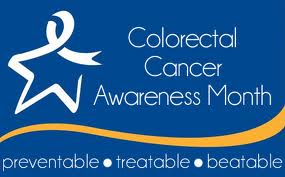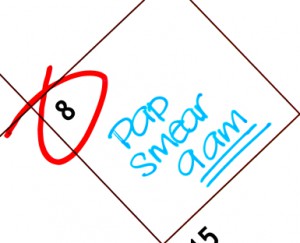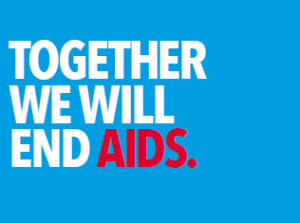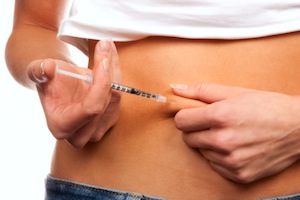October is Breast Cancer Awareness Month, but these tips can be used all year to reduce the physical and mental discomfort and stress from a mammogram.
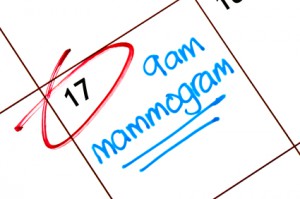
Before the exam:
1. Follow the pre-mammogram instructions to a T. For instance … “Don’t wear deodorant, perfumes, or lotions etc., because if they produce specks on the films, then you may have to go for another test. And who wants to do that?”
2. Decrease salt intake. Avoid salty foods the week prior to your mammogram. These foods can cause bloating and fluid retention in your breasts, and lead to more pain and discomfort during your exam. If you are still getting your period, try to time the exam when your breasts are the least tender and sensitive – usually 10 days before or after your period.
3. Avoid caffeine. Energy drinks and pumpkin spiced lattes can cause tender breasts. If you have cysts in your breast, known as fibroadenomas these cysts are very sensitive to caffeine. Therefore, definitely stay keep your caffeine intake levels low 48 hours before your mammogram.
4. EMLA (Lidocaine/prilocaine) cream – Ask your doctor if he or she may prescribe EMLA cream in advance. EMLA is a topical anesthetic that numbs the skin. You can rub it on about 30-45 minutes before your mammogram, and wipe it off before the test. It may not rid 100% of the pain, but may decrease it.
5. Pre-exam painkillers – Take a few Advil or Tylenol at least 30min before the procedure to decrease pain or discomfort.
During the exam:
1. Wear the right shoes. Bring flats or comfy shoes (like flip-flops) if you choose to arrive in heels, or simply arrive in comfortable shoes. This will make it easier for you to “get into position” and hold it, therefore making the test go faster.
2. Go to your happy place. Try the power of positive thinking and meditation before and during the test. You CAN GET THROUGH THIS, and you are doing this for your health!
3. Bring music. Try an iPod with small ear buds and — if they are ok with you having them in place — listen to music during the procedure.
4. Bring hand warmers. Throw some hand warmers in your purse and rub them on you to warm you up before they place your breasts on the cold plates. Also ask if it possible for the plates to be warmed, for a warm gown, or the room to heated up.
5. Speak up. Always remember to speak up! This is your body and your health! Ask questions, let them know you’re in pain, etc. The technician may be able to adjust the machine, compression, and other things to ease your discomfort.
After the exam: Celebrate! You just finished your mammogram!
